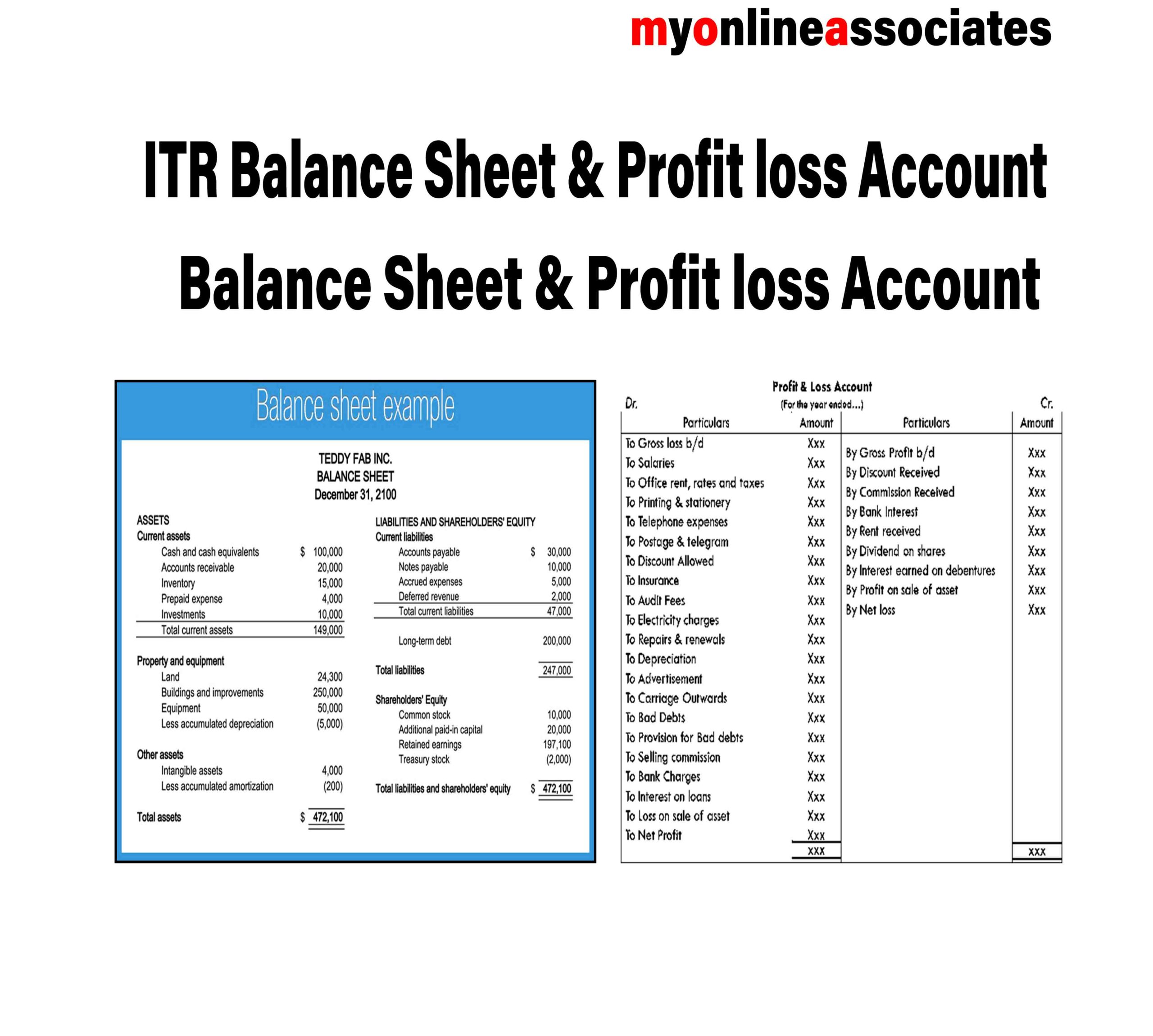Balance Sheet & Profit and Loss Account – Description
1. Balance Sheet
A Balance Sheet is a financial statement that provides a snapshot of a company’s financial position at a specific date. It shows what the business owns (assets) and what it owes (liabilities), along with the owner’s equity.
Key Components of a Balance Sheet:
✅ Assets – Resources owned by the company (e.g., Cash, Inventory, Equipment).
✅ Liabilities – Financial obligations (e.g., Loans, Creditors, Taxes Payable).
✅ Equity – Owner’s capital & retained earnings (Net worth of the business).
Formula:
📝 Assets = Liabilities + Owner’s Equity
2. Profit and Loss (P&L) Account
A Profit and Loss Account (Income Statement) shows a company’s financial performance over a period (monthly, quarterly, or yearly). It summarizes revenue, expenses, and net profit/loss.
Key Components of P&L Account:
✅ Revenue – Total income from sales/services.
✅ Cost of Goods Sold (COGS) – Direct costs of producing goods/services.
✅ Gross Profit – Revenue minus COGS.
✅ Operating Expenses – Rent, salaries, marketing, etc.
✅ Net Profit/Loss – Final profit after all expenses & taxes.
Formula:
📝 Net Profit = Revenue – Expenses
Purpose of Balance Sheet & P&L Account:
✔ Helps in financial decision-making & business growth planning.
✔ Required for loans, investor funding, & tax compliance.
✔ Used in ITR filing, GST returns, & audits.
✔ Determines the profitability & financial health of a business.






Reviews
There are no reviews yet.